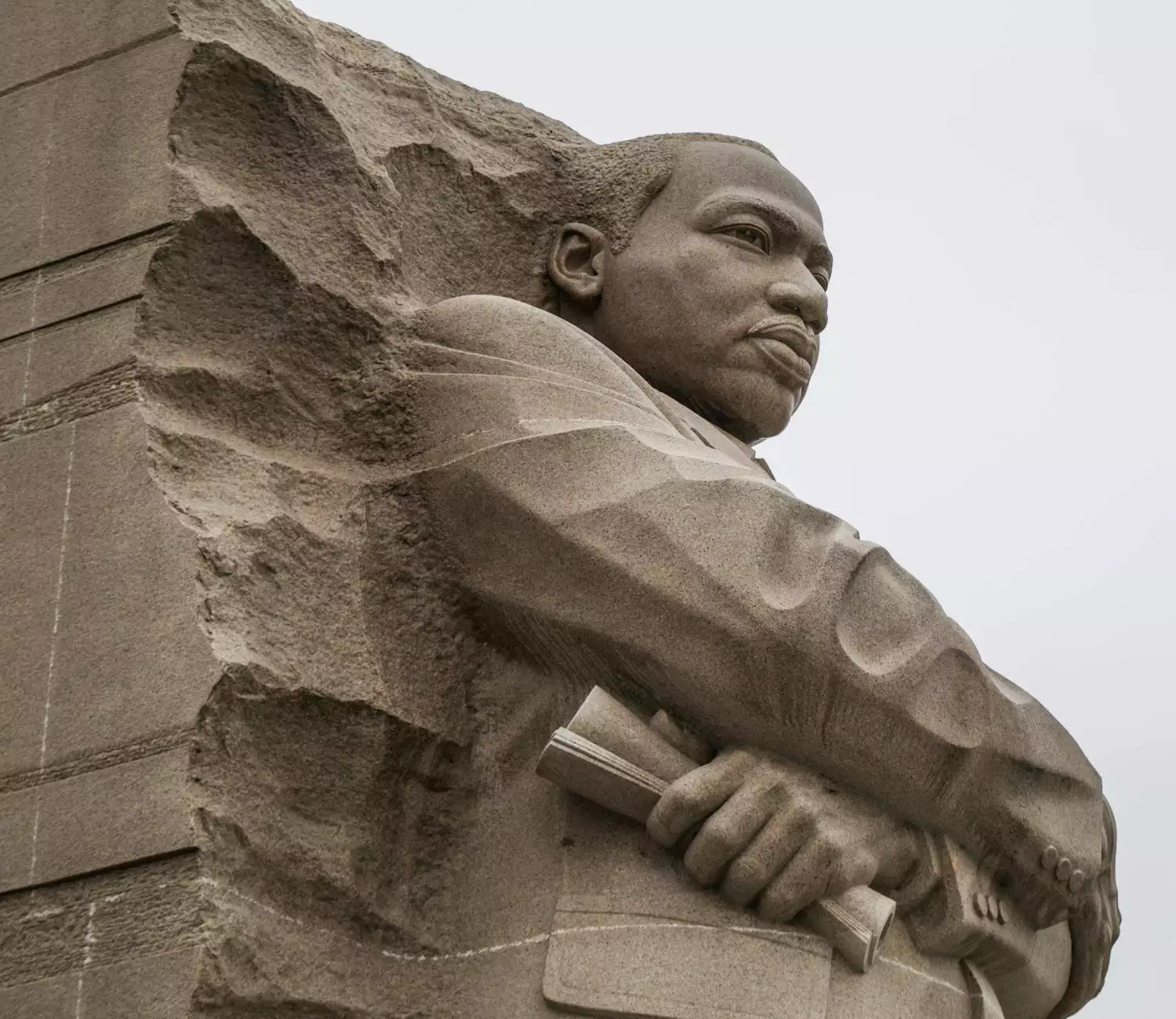Scottsboro Boys Timeline

Introduction
Welcome to the Scottsboro Boys Timeline, presented by A Quest Actors Studio. In this comprehensive timeline, we delve into the rich history, social context, and lasting impact of one of the most significant cases of racial injustice in American history. Join us on this journey as we explore the events that unfolded surrounding the Scottsboro Boys.
1. The Incident - March 25, 1931
On this fateful day, nine young African American men, all aged between 13 and 19, were accused of assaulting two white women on a train traveling through Scottsboro, Alabama. The Scottsboro Boys, as they would come to be known, were wrongfully accused and subjected to a deeply flawed and biased legal process.
2. Arrests and Trials
The accused were swiftly apprehended and brought to trial. The racially charged environment of the Deep South in the 1930s meant that the defendants faced intense prejudice and a presumption of guilt. Despite lack of evidence and conflicting testimonies, the trials resulted in guilty verdicts.
3. Legal Battles and Appeals
As news of the unjust convictions spread, activists, lawyers, and organizations rallied to support the Scottsboro Boys' cause. The International Labor Defense (ILD) and other civil rights groups took on their case, highlighting the numerous violations of due process and racial bias that marred their trial. Resulting appeals and legal battles increased public awareness and placed pressure on the justice system.
4. Supreme Court: Powell v. Alabama
In a landmark decision, the U.S. Supreme Court ruled in Powell v. Alabama (1932) that the defendants were not adequately represented during their initial trials. This decision emphasized the right to legal counsel and set an important precedent for future cases involving racial bias in the judicial system.
5. Trials of Haywood Patterson
Haywood Patterson, one of the Scottsboro Boys, underwent multiple trials and faced the threat of the death penalty. Despite surviving numerous legal challenges, Patterson was ultimately convicted again, reflecting the systemic racism entrenched within the justice system of the era.
6. Youthful Offender Act
In 1937, five of the Scottsboro Boys - Clarence Norris, Charles Weems, Ozie Powell, Andy Wright, and Willie Roberson - were released under the Youthful Offender Act, after serving several years in prison. This act recognized their youthful status at the time of the alleged crimes and marked a small step towards acknowledging the injustice they had faced.
7. Legacy and Impact
The Scottsboro Boys case remains a powerful symbol of racial injustice and the need for criminal justice reform. It shed light on the deep-seated racism and discrimination prevalent in the United States and helped galvanize the Civil Rights Movement. The case sparked nationwide outrage, leading to increased scrutiny of the legal system and furthering the fight for equal treatment under the law.
Conclusion
The story of the Scottsboro Boys is both a harrowing reminder of an unjust past and an inspiration for those striving to create a more equitable future. At A Quest Actors Studio, we believe in using the performing arts as a platform for education, advocacy, and positive change. Join us in our commitment to justice and equality as we remember the Scottsboro Boys and their enduring legacy.









